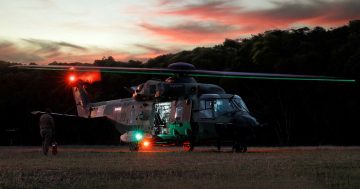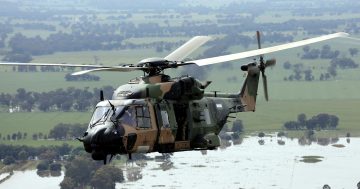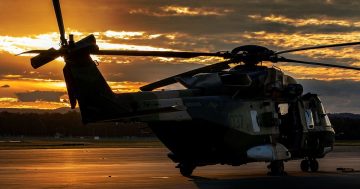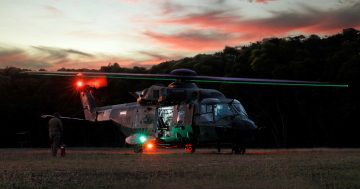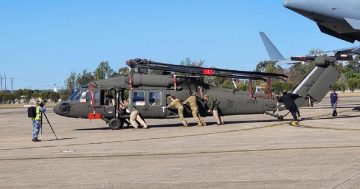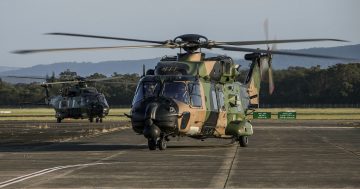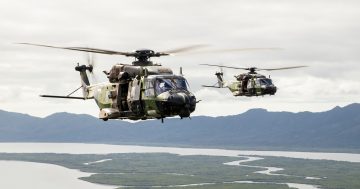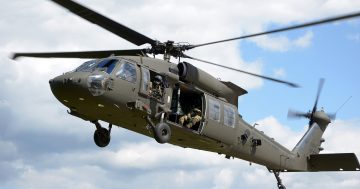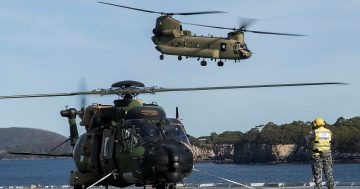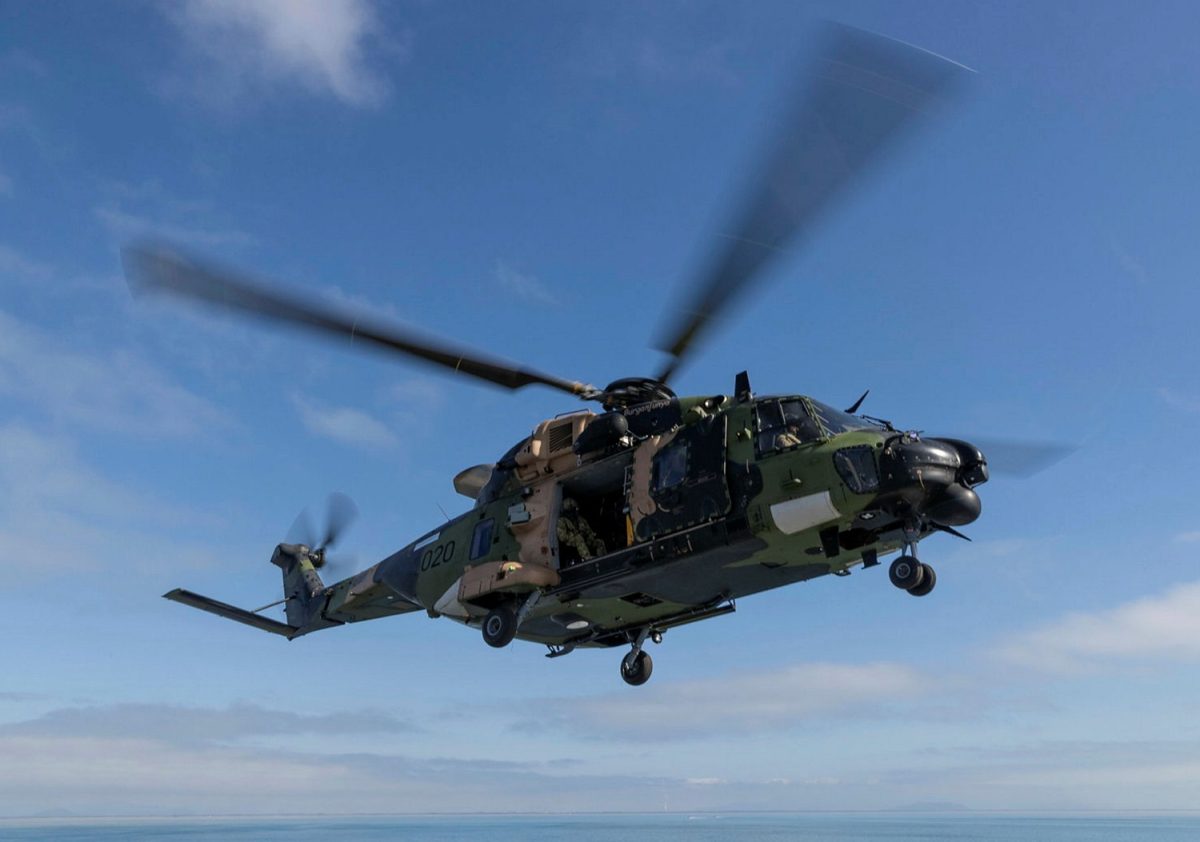
Reports indicate the Army’s 45 remaining MRH 90 Taipan helicopters will be scrapped. Photo: ADF.
The Australian Army will reportedly scrap 45 MRH 90 Taipan helicopters that were retired last year instead of selling them off or donating them to Ukraine.
The MRH 90 fleet was permanently grounded last year following a fatal 28 July crash in the Whitsunday Islands in Queensland, which resulted in the deaths of four Army aircrew members. The grounding followed years of difficulties with the helicopter, including a shortage of spare parts, configuration management issues and operational limitations in the special operations support role.
Australia has operated 47 MRH 90s since 2012. Despite offering superior range, speed, carrying capacity and poor weather performance to its rivals, the aircraft had been temporarily grounded several times previously due to serviceability and safety concerns.
The Morrison government announced in December 2021 that, because of the ongoing issues, the MRH 90 would be withdrawn from Australian service by 2024 – some 10 to 15 years earlier than planned – and replaced with US-made Sikorsky UH-60M Black Hawks.
But following a forced ditching in Jervis Bay in March 2023 and the subsequent fatal crash in the Whitsundays, the current government ordered the aircraft to be grounded and permanently withdrawn from service and for the Black Hawk order to be expedited.
A 7 January podcast by Asia Pacific Defence Reporter (APDR) editor Kym Bergmann said that, instead of a previous plan to store the helicopters for possible future use in a civil or military emergency, they will instead be dismantled and their remains buried. This is despite the aircraft having served barely half of their planned service lives and having plenty of serviceable hours remaining on their airframes and dynamic components.
Bergmann also reported that the Jervis Bay ditching and Whitsundays crash were not the direct result of any catastrophic failure of the aircraft.
This report aligns with information Region has also heard, including that the Jervis Bay ditching was caused by an engine failure in one engine, which would ordinarily be recoverable in the twin-engined helicopter. However, indications are that the remaining engine was shut down in error.
The Jervis Bay ditching saw all of the helicopter’s passengers and crew survive because the aircraft is fitted with emergency floatation devices, a feature the Black Hawk does not have.
Reports also indicate that preliminary investigations into the fatal crash at Talisman Sabre are yet to reveal any mechanical failures in the aircraft.
Bergmann also reported that the Ukrainian Embassy has formally requested some or all of the MRH 90s in the wake of Australia’s early retirement but has yet to receive a response to the request.
Despite Australia rightly or wrongly not wanting to risk operations with the MRH 90, with Ukraine being at war for its very survival, it is likely to have a lower risk profile for its operations. Being in Europe, it is also closer to the aircraft manufacturer and spare parts supply chain.
During a media conference at RAAF Base Edinburgh on 8 January, Assistant Defence Minister Matt Thistlethwaite was asked about the reports.
“The Taipan helicopters have been decommissioned by the government and the Australian Defence Force after a number of issues, most recently the tragic accident that occurred in Talisman Sabre, where, unfortunately, a number of members of the Australian Defence Force perished,” he said.
While outlining a list of Australian military aid already provided to Ukraine, he added, “We make decisions as a government, based on the advice of the Australian Defence Force working in cooperation with the Ukrainian military, about what is the most appropriate support that we can provide, and we’ll continue to do that.”
When asked what would happen to the helicopters, Mr Thistlethwaite wouldn’t elaborate and instead deferred to the ongoing crash investigations.
“I think it’s worth noting that there’s an ongoing safety investigation that’s being conducted by the Civil Aviation and Military Safety Authorities,” he said.
“That will run its course, and findings will be made. But those helicopters will be decommissioned in the ordinary course.
“We want to make sure that safety is first when it comes to not only the helicopter fleet but all equipment that’s used by the Australian Defence Force.”
Despite its removal from service, Australian Army recruitment advertising shown on TV over the Christmas and New Year period still features MRH 90 images and video.












